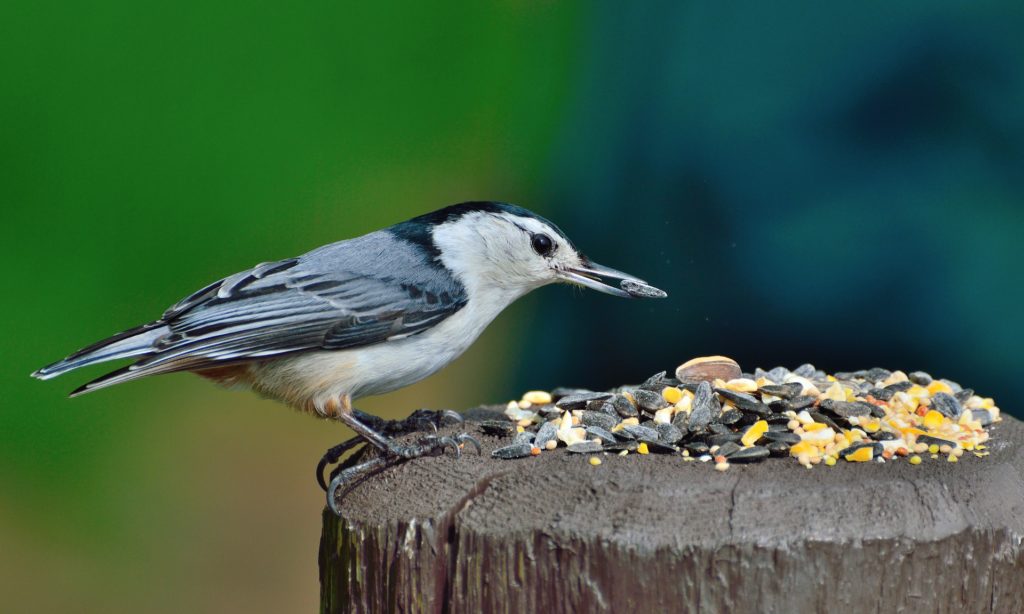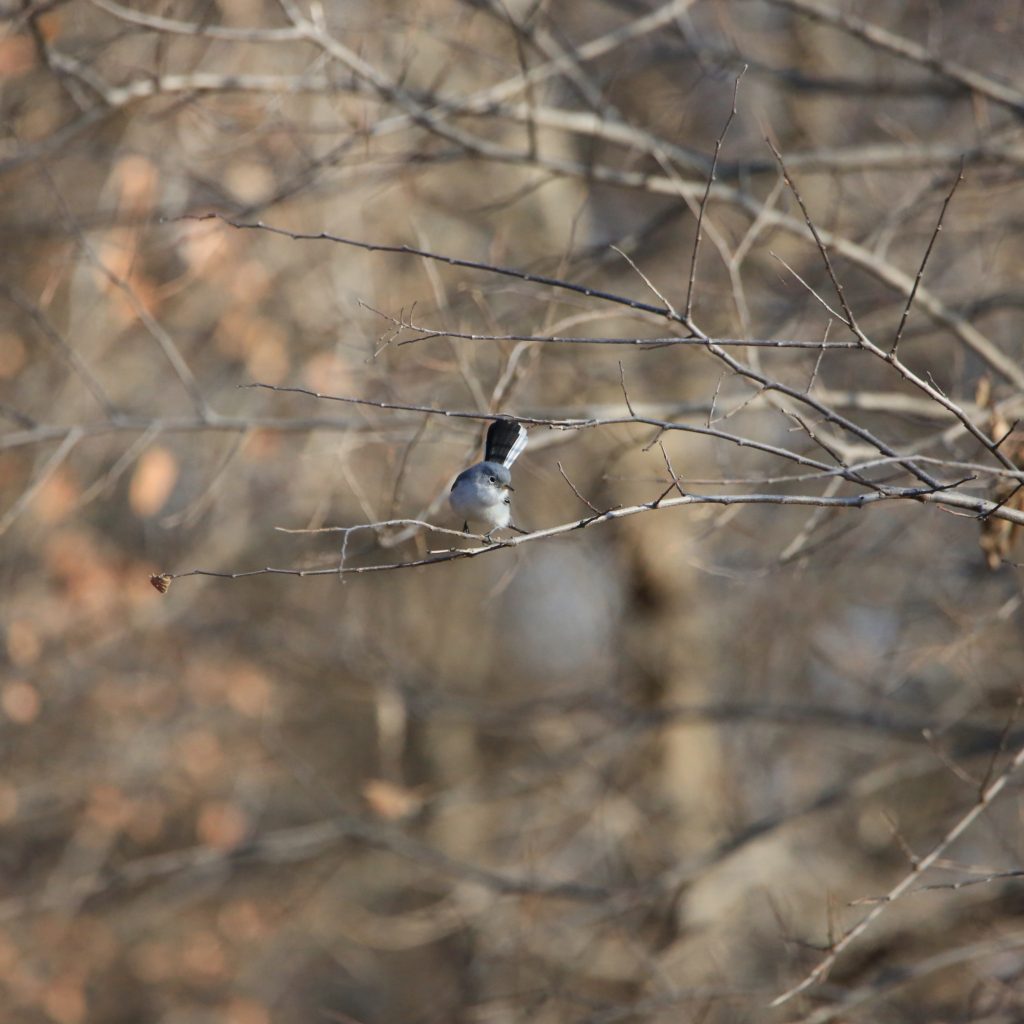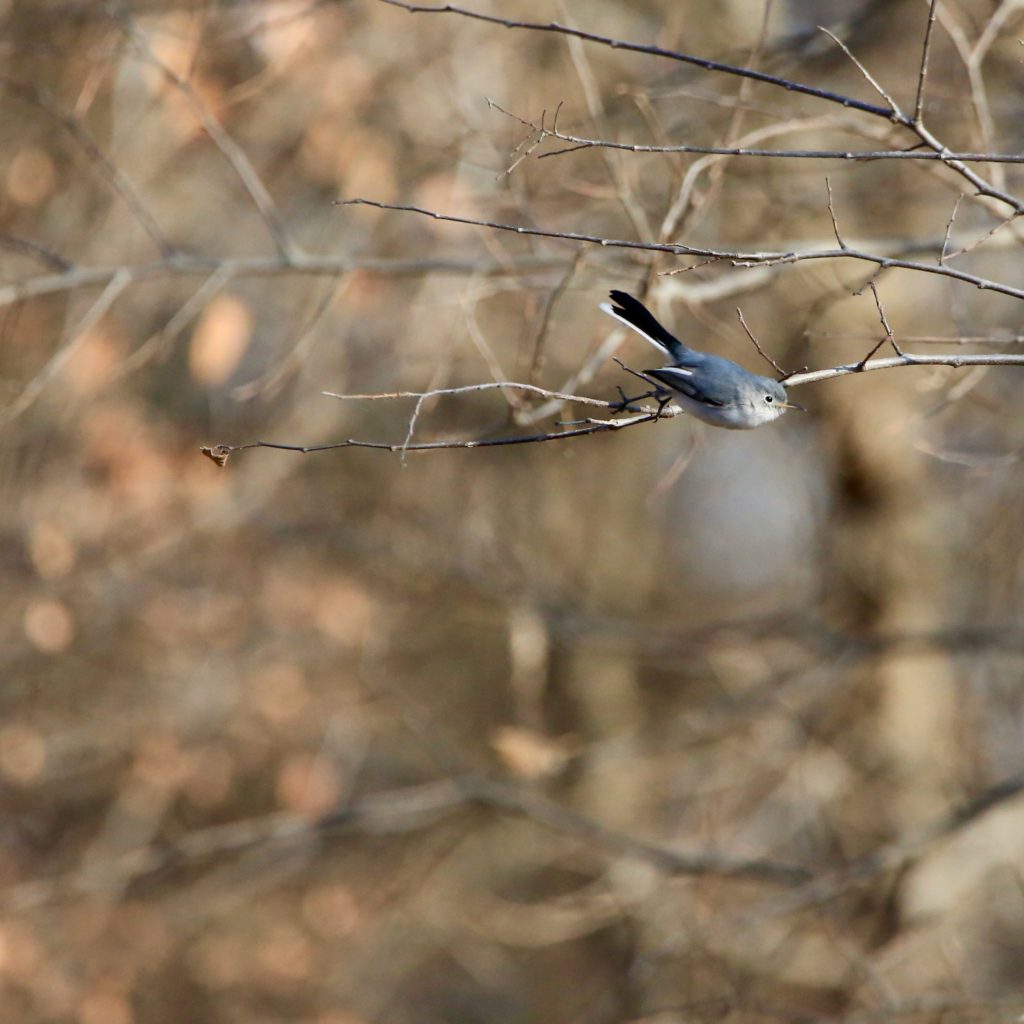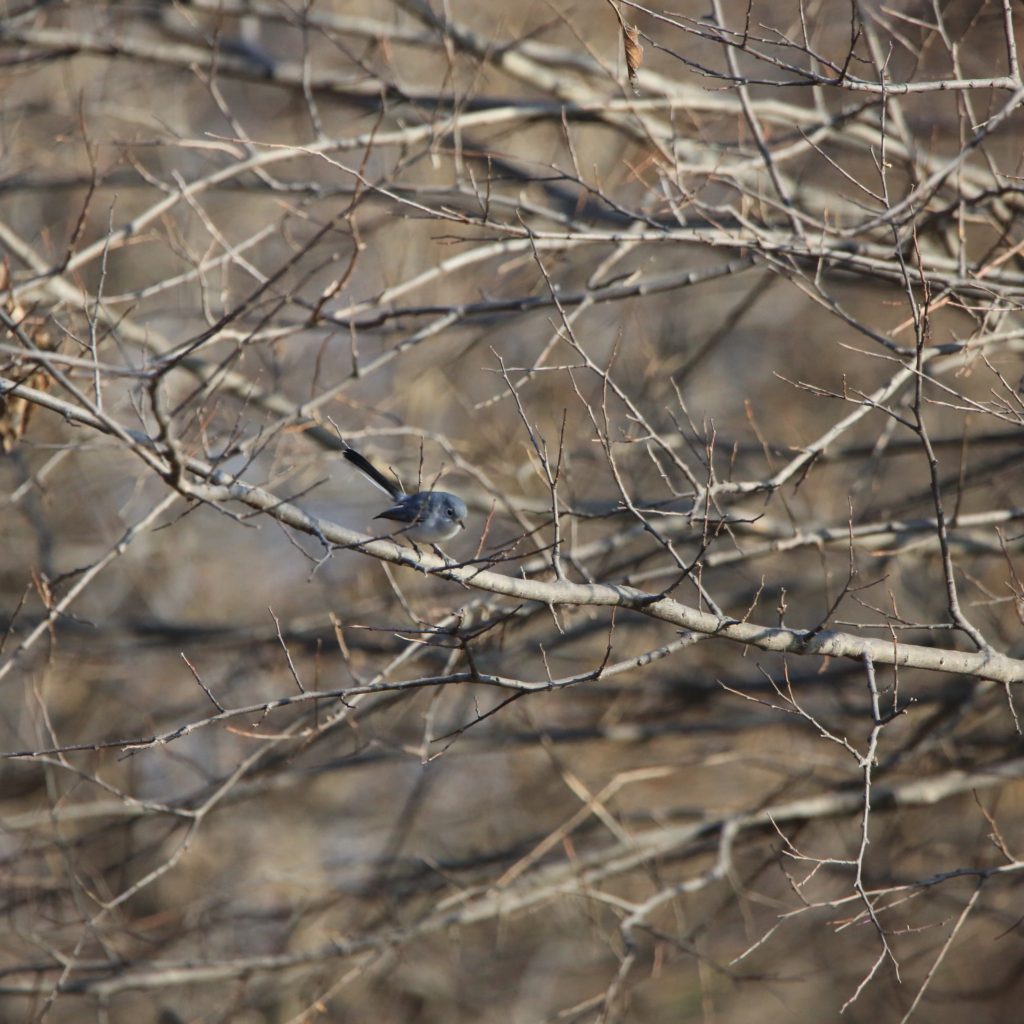
Bird Watching at Pinnacles National Park
Share
The Pinnacles National Park is to San Jose’s southeast and Soledad’s east. It is also located in the east of Central California’s Salinas Valley. The park’s name is a tribute to the remains of a volcano that has long eroded on the western side and has since shifted into the San Andreas Fault line, 200 miles from its original place. The 26,606-acre park covers Monterey County and San Benito county.
Major Attractions at Pinnacles National Park
It is possible to come across at least 200 species in the Pinnacles National Park on a birdwatching trip. Additionally, lots of people come to the west side to climb up one of the many spires.
The Bear Gulch Cave trail makes you feel as if you are in the midst of a movie. However, it is a 1.5-mile road that is quite dark, so that you would want your flashlight with you. The Hike Moses Spring Trail ends at the Bear Gulch Reservoir, which is at 377 feet elevation. The trail is lined by huge volcanic structures that almost cover the sky. No one that comes to Pinnacles National Park ever misses out on camping, especially when birdwatching comes free with it.
Bird Watching at Pinnacles National Park
California alone has recorded 710 birds as residents and migrants. The Pinnacles National Park appears to have been visited by at least 181 of those species. The habitat of the park is satisfying for the bird species, with its grassland, riparian, woodlands of oak and pine, and chaparral.
The east side Pinnacles visitor center and the campground might be the park’s best location for birding. There are water sources made in the area by humans, just the edges of different habitats such as chaparral, riparian and oak, pine trees. Here, you might come across California Quail, White-breasted Nuthatch, Red-shouldered Hawk, and many more. Some Warblers and Flycatcher species who are in the middle of migrating also show up here.
The Bear Gulch Nature center is specifically for birding, but as you leave the center and go over to the reservoir while crossing the Moses Spring Trail, you can come across the likes of Bushtit, Canyon Wren, Spotted Towhee.
The High Peak is both for seeing the entire park from a good vantage point and birding. Blue-gray Gnatcatchers might migrate here while California Condors are present year-round. The rock formations are especially frequented by Condors. The Balconies Trail starts from the parking lot and the chaparral trail. On the way, you might spot Prairie Falcon, Golden Eagle, Swallows, Towhees, Canyon Wren.
10 Birds to See at Pinnacles National Park
California Quail
California Quails are large and round with a gray body and a head plume. Their plume looks like one big feather, but is actually 6 feathers overlapping. You can find this Quail in California as well as the northwest U.S. As building in coastal areas has increased, the population of California Quail has declined. California Quails make their homes along woodland edges, in parks, and farms. They roam around looking for seeds and insects to eat. They lay 10 to 16 eggs and build their nests on the ground. These Quails do not migrate.
White-breasted Nuthatch
White-breasted Nuthatches are white, but also has black and gray markings. They live throughout North America. Their population is steady with a slight increase. They make their homes near forests, groves, and shade trees. These nuthatches are active and enjoy eating insects and large seeds. White-breasted Nuthatches are a small bird with a loud voice. They lay 5 to 9 eggs. These birds protect their nests to keep predators away. They are not a migratory bird; however, they have been seen moving south from the north.
Spotted Towhee
Spotted Towhees are black with bright white spots on their wings and back with orange sides. You can find them in western North America. Their population is common and widespread. They make their homes in open woods, undergrowth, and brushy edges. Spotted Towhees mostly stay on the ground, but will climb into lower branches for insects and fruit. They lay 3 to 5 eggs and build their nests on the ground or low in a tree. Spotted Towhees in the north migrate, but the birds in the south are permanent residents.
California Condor
California Condors are a magnificent, large, black bird with an orange head. They are the largest bird in North America, but are endangered. At one time, there were only 22 California Condors. Now there are approximately 230 free flying California Condors and 160 in captivity. They live in open country in the hills. They can survive 1 to 2 weeks without eating! When they do find a carcass to eat, they eat all they can. They only lay 1 egg at a time and they take care of their young for almost a whole year. There has been no proven migratory pattern, since they have spent much of their time in captivity.

Blue-gray Gnatcatcher
Blue-gray Gnatcatchers are blue-gray with a white edged tail. They live throughout North America. Their population is stable and increasing some. They make their homes in oaks, pines, and thickets. Blue-gray Gnatcatchers are known by their soft call and has the nickname "Little Mockingbird". These birds mostly feed on insects and sometimes spiders. They lay 4 to 5 eggs in nests made from plants, bark, grass, feathers, and animal hair. Blue-Gray Gnatcatchers migrate south by day.












































































